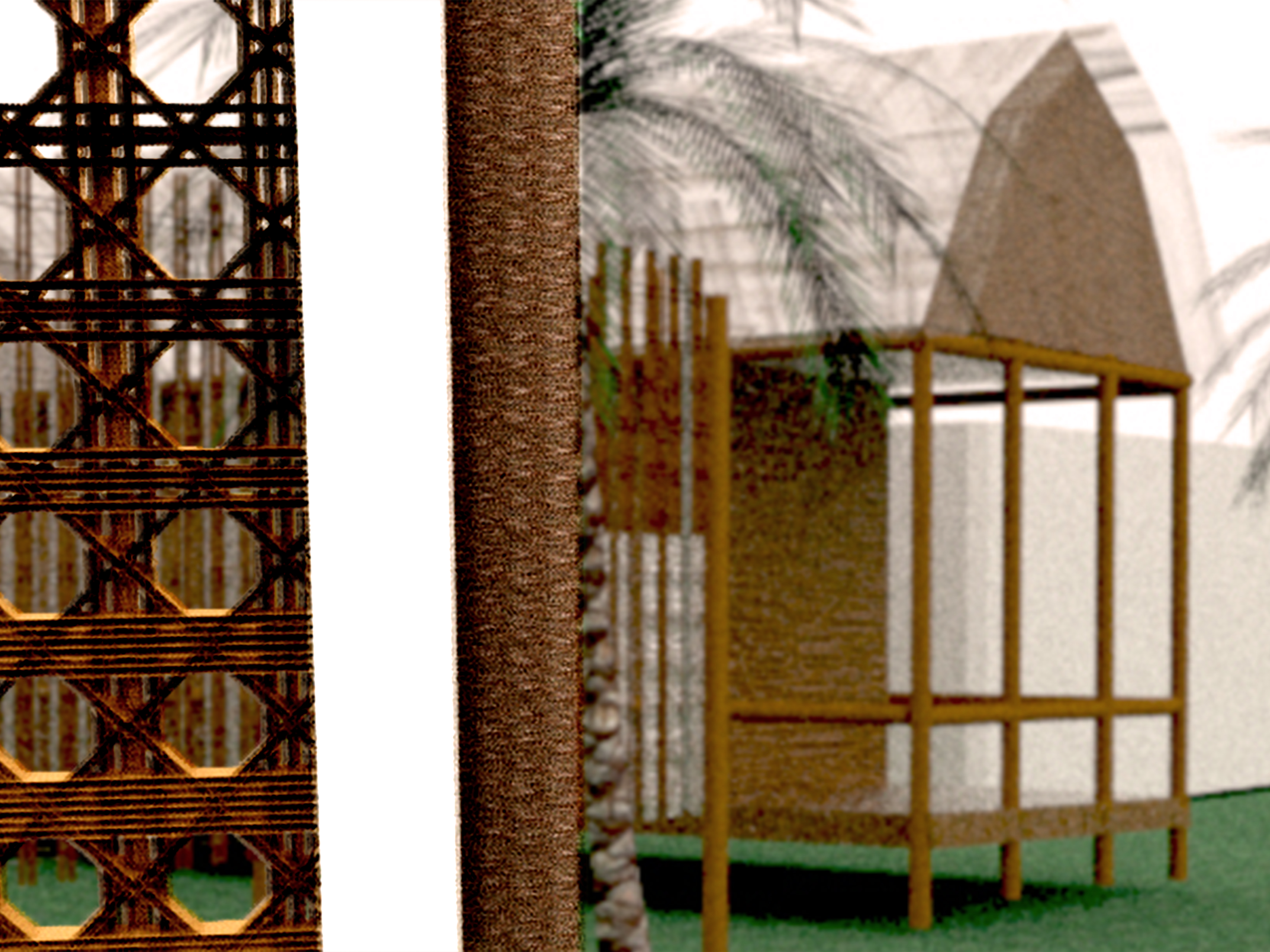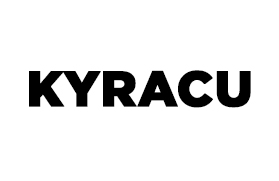SOLIHYA CITY
CELEBRATING PRE-COLONIAL CONTEXT
PLACE
2021
The Bahay Kubo [one room home], Nipa hut or Bayag [in Visayan langauges] is one of the primary examples of precolonial architecture, which uses recycled materials such as bamboo and thatched material. Like many austronesian houses, the Bahay Kubo is raised on houseposts. “Solihya City” not only shows the Bahay Kubo, but it shows the exploration of the “Solihya”-- a woven lattice commonly used for basket weaving, repurposed as a facade. Filipinos regardless of class are all familiar with the "solihya" as it was also utilized for furniture, and can now be found in western furniture under the name "rattan cane webbing".
The renderings add thickness to the solihya to provide structural support and texture.
“Bintana” also seeks to investigate other filipino architectural typologies, such as the Bahay na Bato [mixed architecture, as influenced by spain]. This typologies uses capiz shell window panes on a household’s facade to filter through natural light and express forms of socioeconomic status. This typology was derived from the bahay kubo, with it’s simplistic geometric form. However, the bahay na bato’s capiz window panes can be utilized in interiors--much like Cuevas’ grandmother’s home. These comparisons uncover relationships between community and western influence. Furthermore, these elements play with natural materials and simplistic building methodologies.



Digital Renderings exhibited in Little Manila Bayanihan Arts’ Block Party (2021)
